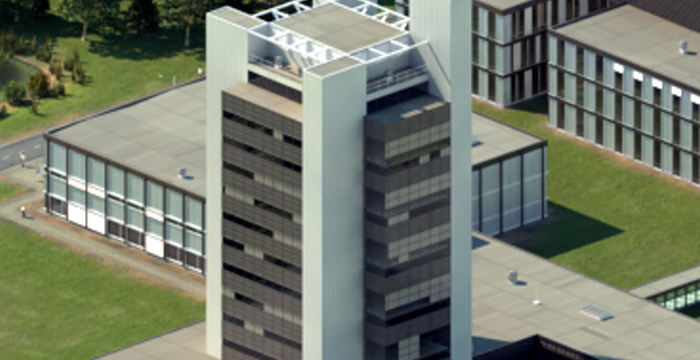Ramon ter Huurne is an Assistant Professor at the University of Twente. His research focuses on digitalization efforts related to the network of buried cables and pipes, also known as subsurface utilities. Specifically, Ramon investigates how available digital technologies can facilitate and support the accurate and reliable acquisition of information about the location, geometry, and type of these utilities. Additionally, his work explores the modeling of 'digital twins' for spatial underground networks, using concepts such as artificial intelligence, domain ontologies, semantic data models, and linked data.
Ramon actively brings the insights from his research into the projects he is involved in, ensuring that innovative research is translated into practical, impactful solutions. He contributes to lifelong learning initiatives focused on digitalizing and accelerating the energy transition. He is also part of the ZoARG | ReDUCE program, which aims to reduce excavation damages and promote careful excavation
Expertise
Computer Science
- Utilities
- Ontology
Earth and Planetary Sciences
- Utility Sector
- Ground Penetrating Radar
- Utility
- Trench
- Netherlands
Social Sciences
- Legal Procedure
Organisations
Publications
2025
2024
2023
2022
Research profiles
Affiliated study programs
Courses academic year 2025/2026
Courses in the current academic year are added at the moment they are finalised in the Osiris system. Therefore it is possible that the list is not yet complete for the whole academic year.
Courses academic year 2024/2025
Address

University of Twente
Horst Complex (building no. 20), room Z226
De Horst 2
7522 LW Enschede
Netherlands
University of Twente
Horst Complex Z226
P.O. Box 217
7500 AE Enschede
Netherlands